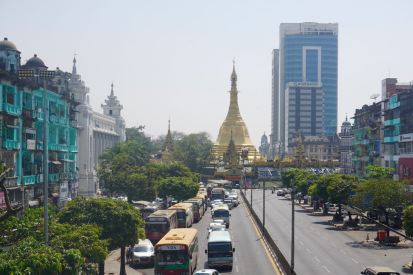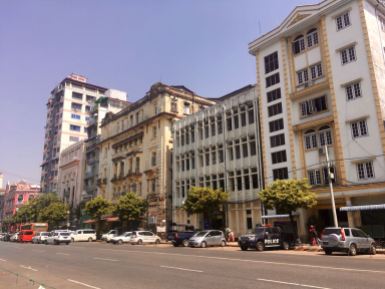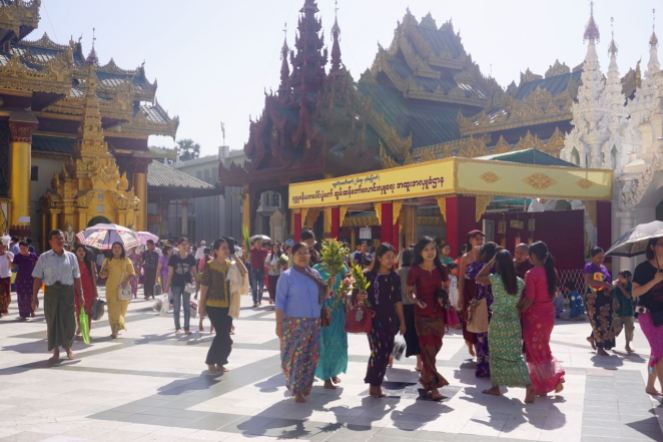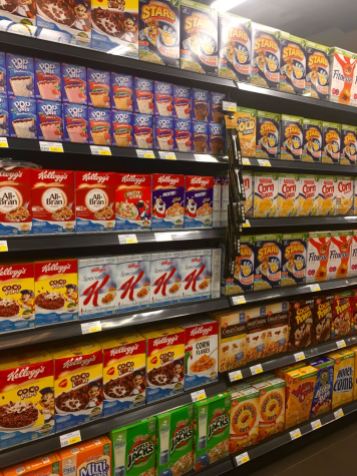Somewhat often people ask, “What do you miss from home?”
After only a few weeks traveling in China, I realized I missed salad. My diet at home included salad bowls, tossed salads, deconstructed salads, and fresh vegetables as snacks. Once I started traveling, my efforts to eat like a local and to avoid food based illnesses led to a diet low in fresh ingredients. The fresh vegetable situation has improved considerably since I left China however I still miss salad and have kindly asked for a welcome home meal to be salad based (thanks far in advance family!).
Somewhere between Cambodia and India, around mid-November or about 3 months into this year, I realized I missed my pillow. For years I have slept with a countered memory foam pillow. This pillow is the best. I am not exaggerating. I sleep so well with this pillow that I briefly considered journeying with a travel version made from the same material. Fancy hotels, like when I stayed with Kory in New Delhi, are a treat because of the multiple pillows of various fluff levels. Thanks Kory!
Craving salads and the occasional stiff neck or sleepless night are tradeoffs I accept in exchange for the richness of this experience. It goes without saying that I miss people, culture and moments from home. I look forward to appreciating and enjoying daily life at home even more when I return.
After 7 months away, Yangon was my last stop in Asia.
Yangon is the largest city in Myanmar. More than 7 million people live here and traffic congestion is a challenge. At one of the larger downtown intersections there is an elevated pedestrian crosswalk. The crosswalk offers views of the Sule Pagoda stuppa, a temple that is more than 2,500 years old.
Thanks to Maddie I learned about iDiscover Yangon, a mobile and paper based map for self-guided city tours. These guides are outstanding. I started my day of walking with the Secretariat & Beyond map. I passed a building formerly housing a printing press (left) and the Secretariat building (right). The Secretariat was built in the 1800s and is the place where Aung San and 6 other cabinet members were assassinated in 1947. Aung San is recognized as the person responsible for bringing independence from Britain to Myanmar. The building is currently abandoned.
Following the walking route on the iDiscover Downtown map, I passed many colonial era buildings. These residences are expensive real estate in Yangon even though they are generally in some state of disrepair. There are no skyscrapers in the city.
The density in Yangon was exciting to see. On nearly each block I saw business signs, power lines, action on the street, satellite dishes installed on balconies, and drying clothes.
For almost 100 years, from 1852 to 1948, the British (and for 3 years the Japanese) controlled Burma. Buildings with colonial architecture exist because of Yangon’s status as the former capital of colonial British Burma.
Yangon is the city in Myanmar where old and new, traditional and modern mix. The contrasts of transit methods and clothes are two examples of this mixture.
Tradition and policy combine in Myanmar when it comes to offering water to travelers. Many businesses, temples, schools, and country homes have water jugs and a shared cup available for passers by. I did not drink this water but valued the symbolism of welcoming the traveler.
The Secretariat & Beyond walking map included the fair trade shop Pomelo on the route. I spent hours looking at the various items for sale and I took full advantage of my upcoming (brief) return to the US to buy gifts for myself and others. This shopping excursion was the first time I bought souvenirs.
The Shwedagon Pagoda is the largest tourist attraction and religious place in the city. It is also the most sacred Buddhist sight in the country. The photos show one of the four entrances leading up a set of stairs to the pagoda.
The main stuppa on the Shewadagon pagoda is 325ft tall. Diamonds, rubies, and gold are used to adorn the stuppa. According to Wikipedia, the very top of the stuppa is tipped with a 76 carat diamond.
This religious site was packed with visitors.
I was a popular attraction at Shwedagon. I tried to capture a photo on my camera each time people asked for a picture with me.
Me with all that gold. The shine and brilliance of this temple impressed me.
Scenes from my last day in Yangon include bolts of fabric at a market, Musmeah Yeshua synagogue, and a shelf in a western style grocery store where imported brands are sold. This grocery store was the first supermarket I saw in Myanmar.








































































Love the photo of you and the Shwedagon Pagoda!
LikeLiked by 1 person
Thanks Laura! Happy Easter to you and your family.
LikeLike
I wonder if there are armed guards protecting the diamonds and rubies on the Stuppa at the Shewadagon Pagoda. Interesting update once again. Gold is a good color on you;) Getting ready for the salad buffet upon your return;)
LikeLiked by 1 person
Yes to the salad buffet! And, gold is always welcome seeing as how you think it’s a good color on me 😉
No armored guards but I did pass through metal detectors at the entrance. The actual pagoda is cordoned off. It would be quite the heist to reach the to of the stuppa!
LikeLike